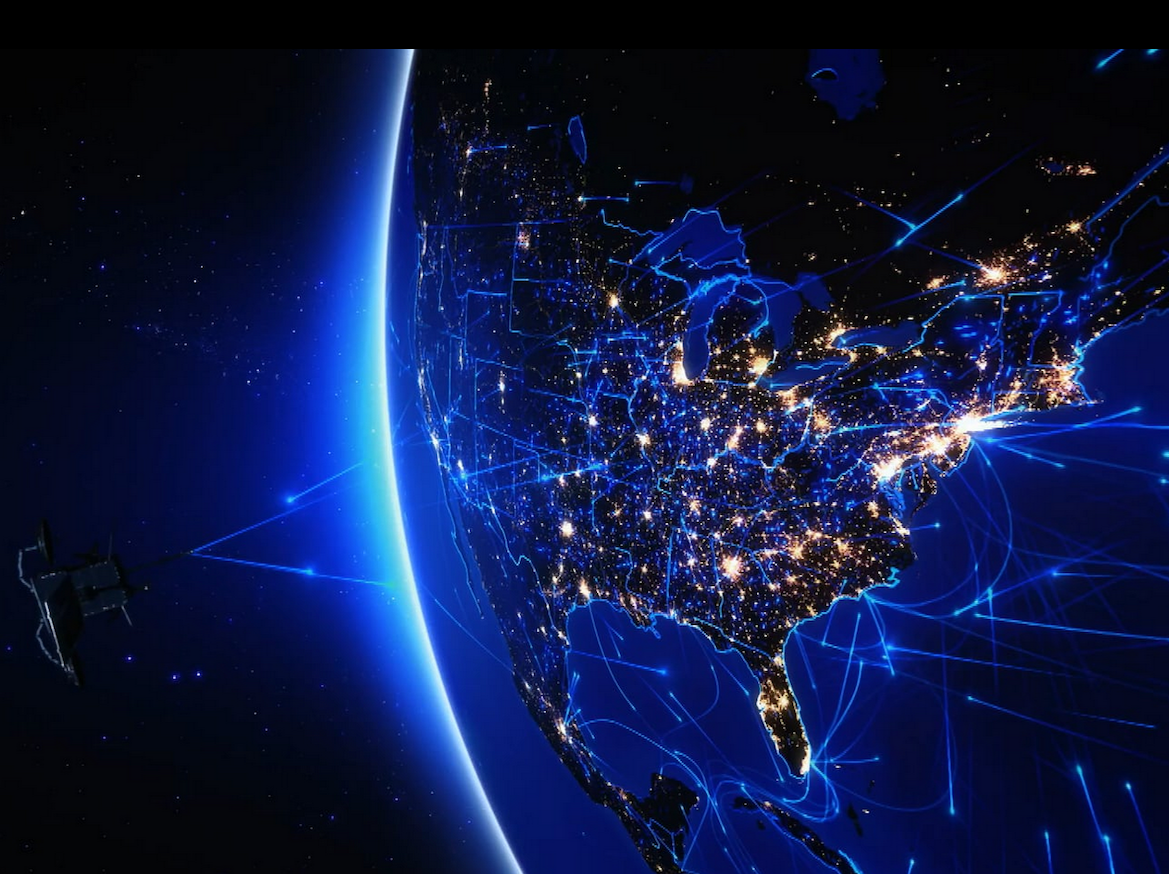SCIENCES OF THE 21ST CENTURY – SPACE DEBRIS, A FORESEEN DISASTER?

More than 4000 satellites orbit the Earth, and the services they provide are part of our everyday life. But space debris is a major threat to satellites, and already managed to bring the Hubble space telescope to a standstill. How can space debris be disposed of? We take a look at the possibilities and the latest findings in research.
More than 4000 satellites orbit the Earth, and the services they provide are part of our everyday life. They are used to gather information and increase global security, they provide access to the internet, telephone and television. But space debris could destroy everything. For example, it already brought the Hubble space telescope to a standstill. A team from the European Space Agency ESA warns of further system failures in the low Earth orbit. Every collision produces new pieces of debris which fly around in an uncontrolled way. Experts fear a domino effect: In 1993, 8,000 objects were detected in space, now there three times as many. At the Technical University of Munich, former astronaut and professor of space technology Ulrich Walter is examining ways to "collect" old satellites. Satellite operators have actually been obliged to "dispose" of their old satellites themselves for the past 20 years. They are supposed to direct near-Earth satellites into the atmosphere and park more distant satellites in a higher orbit. Old satellites that are up to 600 kilometres away combust in the atmosphere on their own within a few years. But no-one pays attention to these regulations because disposal consumes a lot of fuel. So free-flying robots are left to collect old satellites, and service satellites are used to capture larger objects which the combust in the atmosphere in a controlled manner.